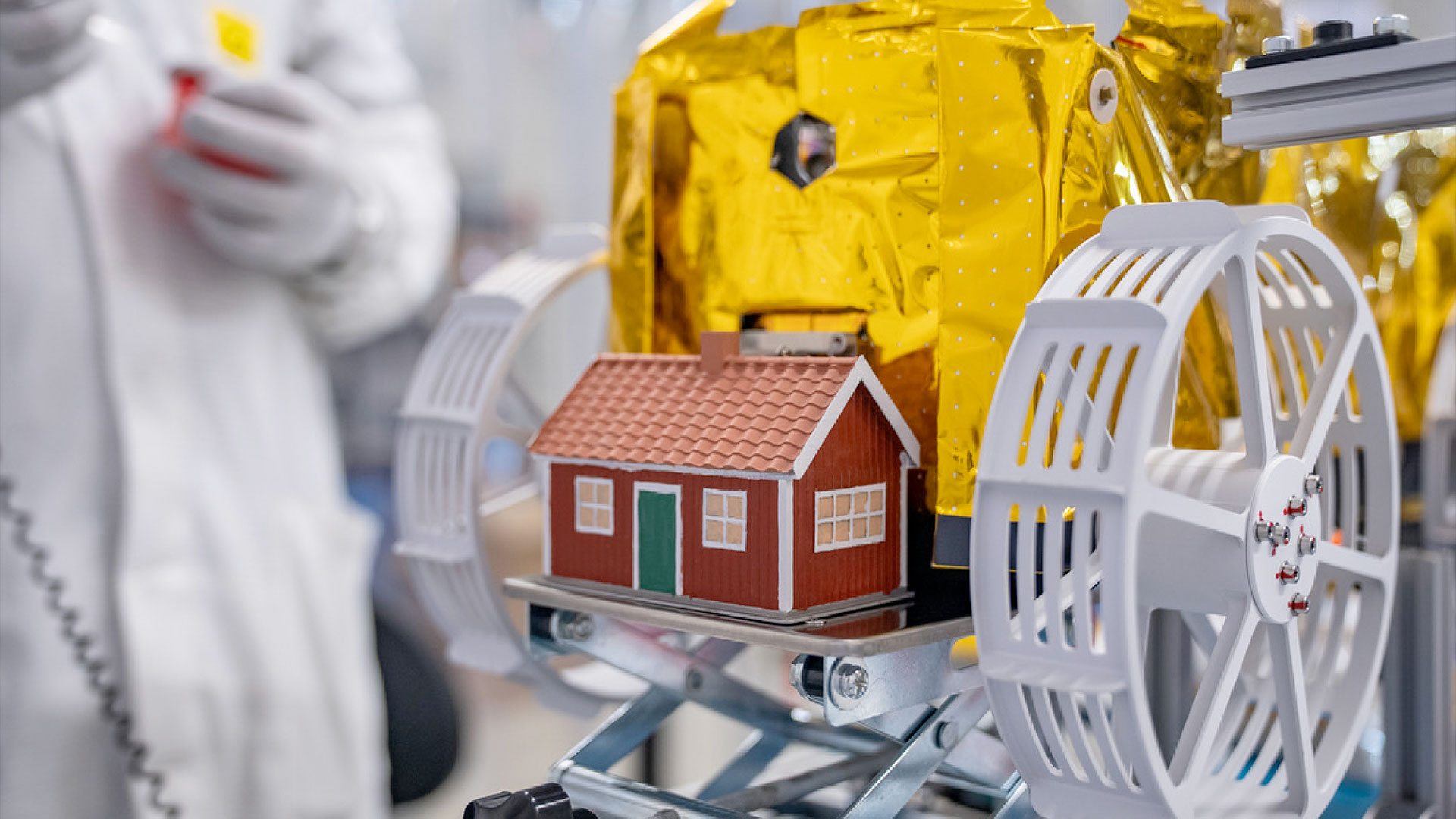Russian Submarine Launches Russian Microsatellite
Using a Russian Navystrategic submarine and a converted ballistic missile, a small researchsatellite was launched into orbit Friday on a mission to aid in the potentialdevelopment of earthquake forecasts from space.
The Shtil 1 rocket blastedout of its launch tube at 1850 GMT (2:50 p.m. EDT). The three-stageliquid-fueled booster later released its payload as planned into the targetedorbit with a high point of about 300 miles, a low point of approximately 250miles, and an inclination of around 79 degrees.
The launch originated fromthe Russian Navy's nuclear-powered Ekaterinburg submarine submerged in theBarents Sea inside the Arctic Circle offshore Russia's northern coast.
Ground controllers detectedthe first signals from the craft approximately seven hours later when it passedover a Russian ground station. The Complex Orbital Magneto-Plasma AutonomousSmall Satellite 2 (COMPASS 2) was determined to be in good health, officialssaid. Known as Kompass 2 in the Russian language, the 180-pound microsatellitewill soon begin its mission to study earthquakes and other natural disasters.
The mission is managed bythe Institute of Terrestrial Magnetism, Ionosphere, and Radio WavesPropagation, or IZMIRAN, which is part of the Russian Academy of Sciences.
The satellite carries fivescientific instruments - totaling almost 45 pounds - to detect seismic activityand to help determine the tell-tale signs of impending earthquakes and othernatural phenomena. Provided by scientists from Russia, Poland, Sweden, Hungary,and Ukraine, the instruments will probe the Earth's underground lithosphere,atmosphere, ionosphere, and magnetosphere to learn how each terrestrial regionis connected with a variety of events such as earthquakes, volcanoes, tropicalcyclones, and tornadoes.
Data from these studieswill contribute to the efforts of scientists to establish a model for thecause-and-effect links associated with natural disasters found in all regionsof the Earth. Scientists also hope to find precursors of earthquakes that willhelp in possible predictions of earthquakes based on information gathered fromsatellites in space.
Get the Space.com Newsletter
Breaking space news, the latest updates on rocket launches, skywatching events and more!
Links between the upperatmosphere and seismic activity were first noticed in the 1960s, but hardscientific data was not available until 1979. The Interkosmos 19 satellitedetected an unusual low-frequency noise in a large area centered near theepicenter of an earthquake that occurred a few hours later. This finding waslater confirmed by other spacecraft.
IZMIRAN launched the firstCOMPASS satellite in late 2001 with a specialized payload to further studythese connections. The experiment quicklyfailed, however, when the instrument payload stopped working. A thirdCOMPASS satellite could launch before the end of 2006.
The launch was postponedtwo days from Wednesday to undisclosed reasons. The flight was the 19th spacelaunch to successfully reach orbit in 2006, and the sixth launch from Russiathis year.
Join our Space Forums to keep talking space on the latest missions, night sky and more! And if you have a news tip, correction or comment, let us know at: community@space.com.
Stephen Clark is the Editor of Spaceflight Now, a web-based publication dedicated to covering rocket launches, human spaceflight and exploration. He joined the Spaceflight Now team in 2009 and previously wrote as a senior reporter with the Daily Texan. You can follow Stephen's latest project at SpaceflightNow.com and on Twitter.
